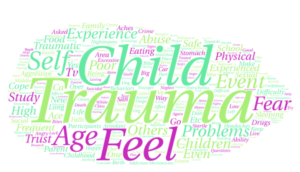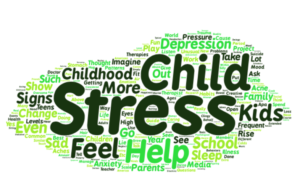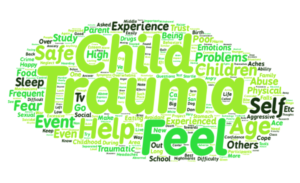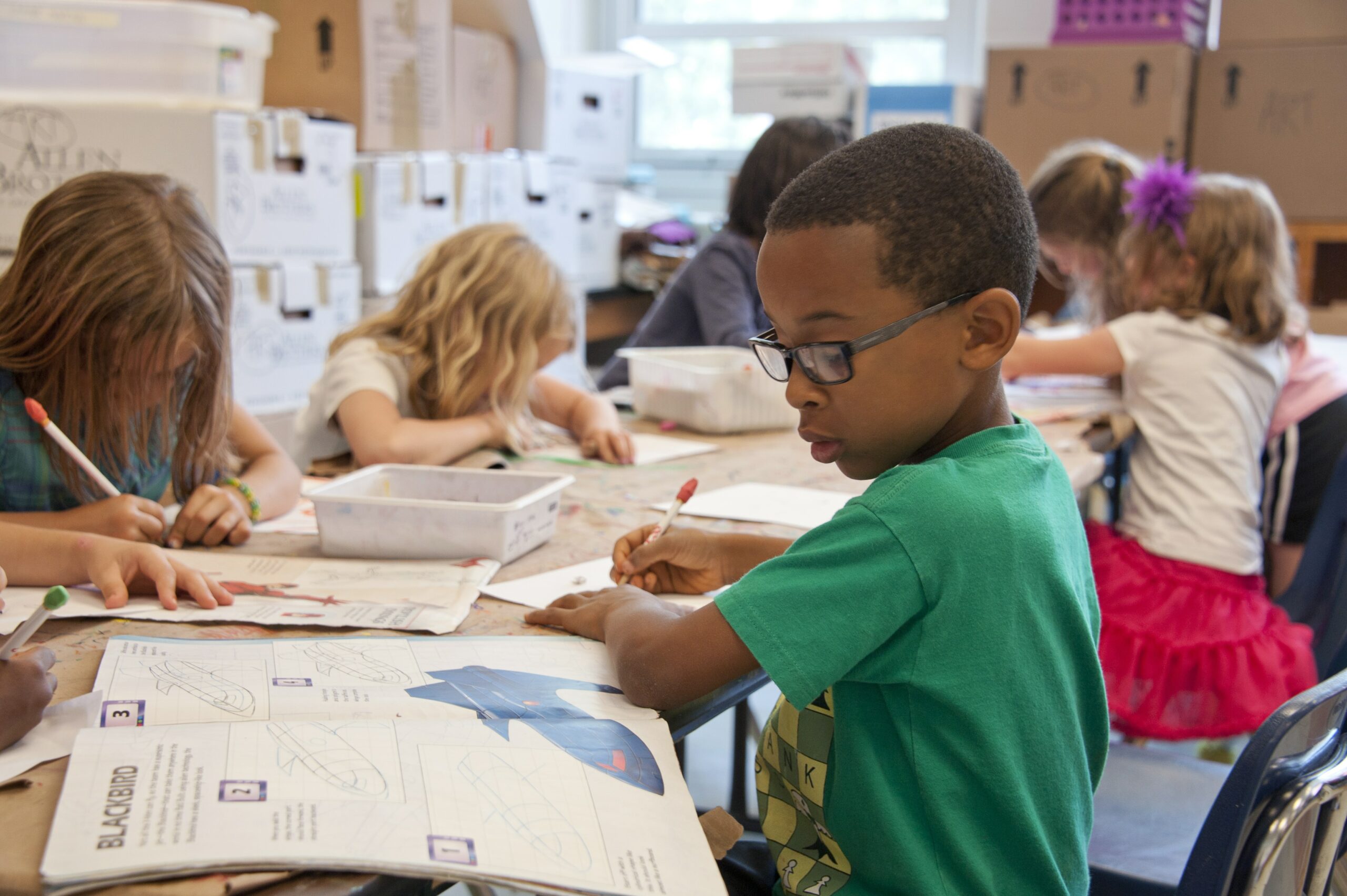About Kid Stress and Trauma
- Home
- About Kid Stress and Trauma
Dr. Heather LaChance talks about recognizing stress and trauma in kids and teens
Kids Stress
Childhood stress is more prevalent than many realize. According to the American Psychological Association’s (APA) Stress in America™ survey, teens aged 13 to 17 experience stress levels comparable to adults. On a scale of 1 to 10, teens reported an average stress level of 5.8 during the school year, significantly higher than the healthy level of 3.9. Even during the summer, their stress levels remained elevated at 4.6.
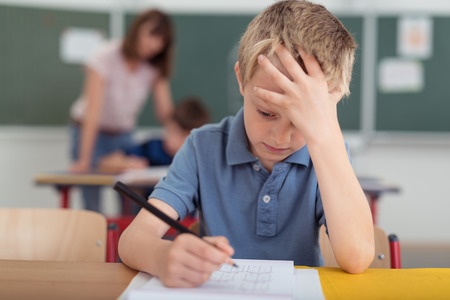
Signs of Stress in Children
- Stomach aches
- Frequent headaches
- Acne
- Dizziness
- Bowel issues
- Bedwetting
- Increased frequency of colds or illnesses
- Clinginess
- Changes in schoolwork quality
- New habits
- Altered sleep patterns
- Mood swings
- Increased dishonesty
- Changes in eating habits
Causes of Childhood Stress
Childhood stress can stem from various sources, including:
- Academic pressure (schoolwork and exams)
- Overloaded schedules
- Peer relationships and friendships
- Family dynamics
- Media influences
- Relationship issues
- Social media interactions
Children may also experience internal pressure as they navigate their identities and understand their place in the world.
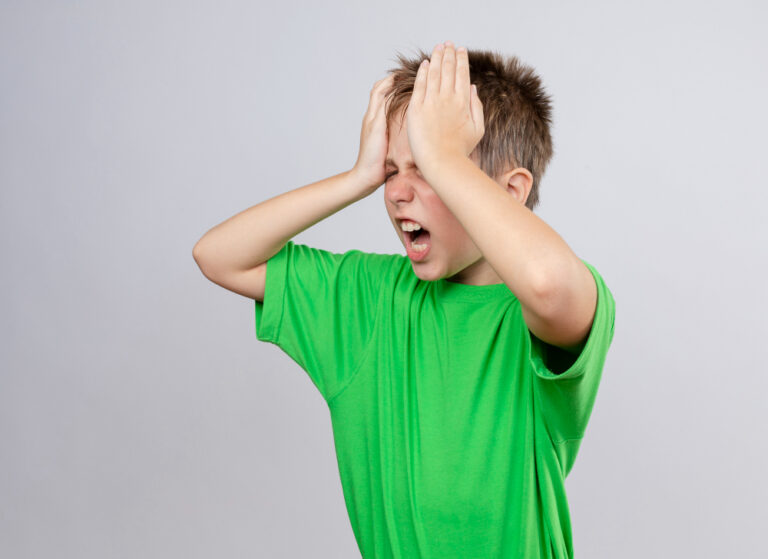

Stress can be exacerbated by
- Marital challenges at home
- Family illness or neglect
- Financial worries and poverty
- High expectations for achievement
- Exposure to violence or trauma in the community
- Stressful conversations among parents, friends, or through media
Subscribe and Receive Transformative EFT/Tapping Tips
By downloading our ebook you also agree to receive occasional emails about The Imagine Project.
How to Support a Stressed Child
- Listen Attentively: Make time to listen quietly and attentively to help your child feel validated and understood.
- Hold Space for Emotions: Be a compassionate and nonjudgmental presence as your child expresses their feelings. Encourage them to articulate their emotions through words, drawings, or movement.
- Set Boundaries: Establish clear limits, such as, “When you feel angry, don’t touch anyone or anything,” or “Would running up and down the hall help?”
- Encourage Problem-Solving: Instead of jumping to conclusions, help your child develop problem-solving skills by reflecting on what you’ve heard and asking exploratory questions.
- Ask Open-Ended Questions: Encourage deeper conversations by asking questions like, “How are you feeling?” or “What was your day like?” Invite them to elaborate with prompts like, “Tell me more.”
- Reflect Emotions: Acknowledge and validate their feelings by saying, “It sounds like you’re feeling really angry (or sad, hurt, worried, etc.).”
- Explore Solutions Together: Ask your child what they think might have caused their feelings and discuss potential solutions, assuring them you are there to help if they want it.
Symptoms of Childhood Depression
Childhood depression differs from stress. While prolonged stress can contribute to depression, it is characterized by an ongoing sense of sadness that disrupts daily life. If your child’s mood persists and interferes with their functioning, consider consulting a healthcare professional. Remember that childhood depression is often overlooked, as children may be seen as “moody” or just “typical teenagers.” Given the concerning rise in childhood suicide over the past decade, it’s crucial to seek evaluation when necessary.
Signs of Depression in Children Include:
- Persistent sadness
- Feelings of hopelessness
- Heightened emotional sensitivity
- Changes in sleep patterns (either too much or too little)
- Chronic physical issues (e.g., pain, stomach aches, rashes, serious acne)
- Withdrawal from activities or increased acting out
- Avoidance of school or disciplinary problems
- Loss of interest in previously enjoyable activities
- Difficulty concentrating or remembering information
- Thoughts of death or suicide
If you notice any of these signs, it’s essential to take them seriously and consult a doctor or therapist. For more information on types of therapists and therapies, please see additional resources. The Imagine Project: Powerful Tools that Help Kids Rise Above Stress and Trauma, Build Their Resilience, and Bring Positive Change into Their Lives (Yampa Valley Publishing, 2017).
For more information on Self-harm, click here to read an important blog about preventing and supporting those who might be experiencing self-harm
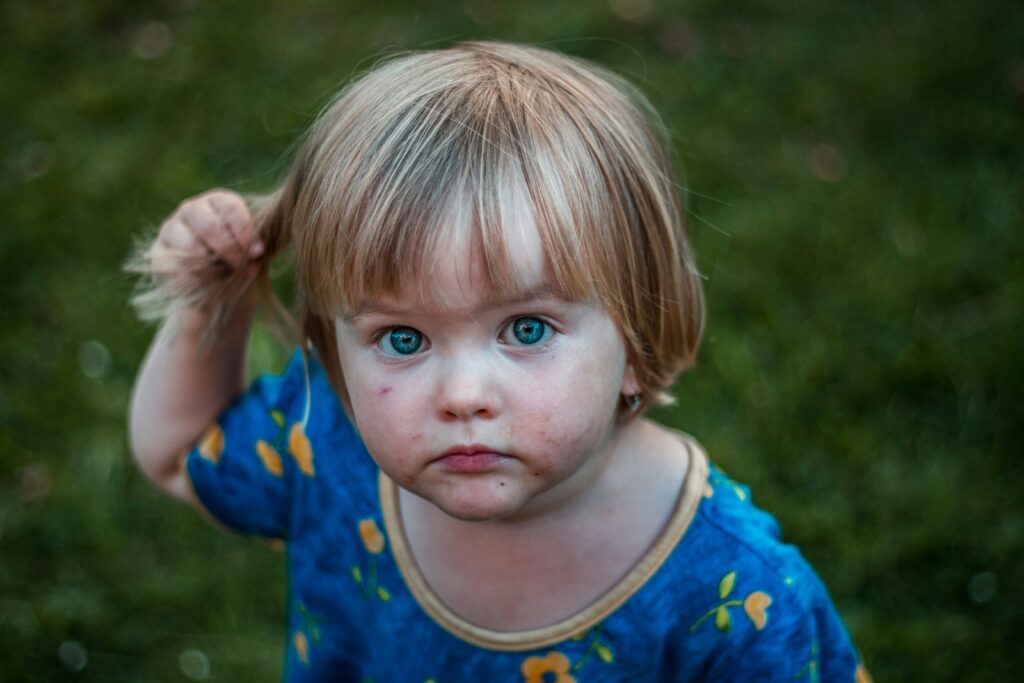
Do Children Experience Trauma?
Yes, children do experience trauma, and it can significantly impact their ability to be happy. The effects of trauma can be long-lasting, but the good news is that trauma can be treated, allowing children to find happiness again.
Many people underestimate how prevalent trauma is among children. A groundbreaking study known as the Adverse Childhood Experiences Study (ACES), conducted by Kaiser Permanente and the Centers for Disease Control and Prevention, involved over 17,000 participants from the San Diego area. They answered a questionnaire about difficult childhood events, such as family deaths, physical or sexual abuse, neglect, and parental imprisonment. Surprisingly, the study revealed that more than 50% of children experience at least one traumatic event before they turn 17. It’s crucial to note that this study primarily involved white, middle-class, educated participants and did not include those from low-income or high-crime communities. In areas with high crime, poverty, or violence, the incidence of childhood trauma can reach as high as 100%.
What is Trauma?
Trauma occurs when a child faces circumstances that overwhelm their coping mechanisms. While we often associate trauma with severe events like assault or natural disasters, any experience can be traumatic if it triggers a stress response that is difficult for the child to process or cope with. For instance, experiences such as car accidents, bullying, humiliation, dog bites, medical procedures, or loud arguments can all be traumatic. Children can also experience trauma vicariously, simply by witnessing traumatic events.
We often think of trauma as a single occurrence; however, for some children, trauma can be recurring, such as daily bullying, frequent intense arguments, or ongoing abuse. Continuous or repeated trauma is classified as toxic stress. Additionally, incidents surrounding birth—such as C-sections, preterm births, or health complications—can also be traumatic for infants. Even if a person cannot recall a traumatic event from infancy, the body retains the sensations, and the trauma may resurface in the future. Therefore, supporting children in processing and coping with both past and present traumatic experiences is essential.
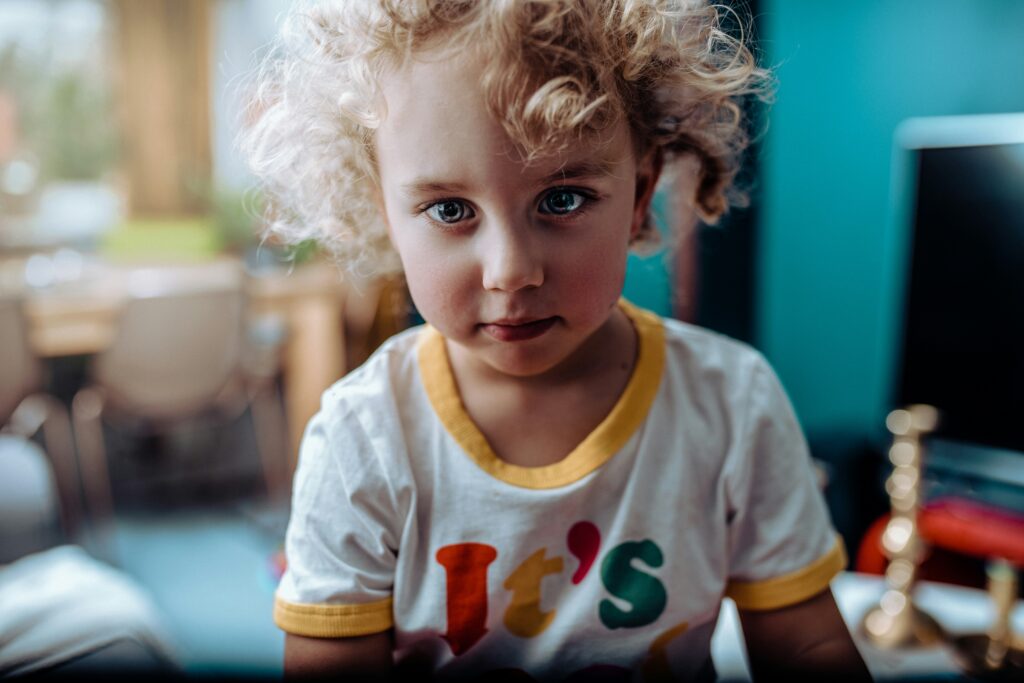
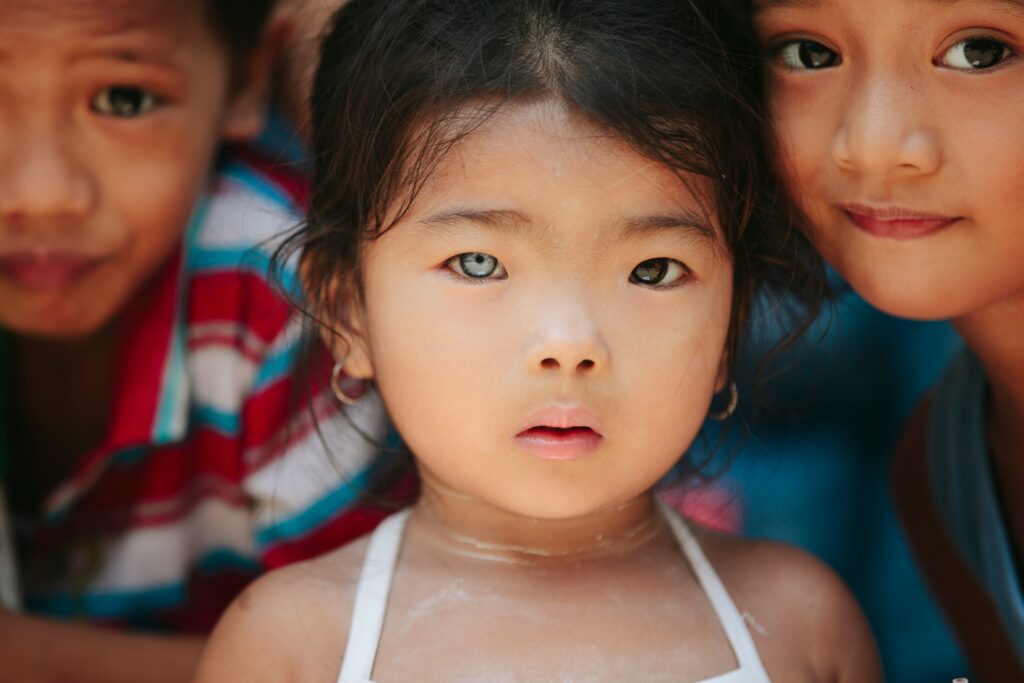
Examples of Traumatic Experiences for Children
- Abuse
- Neglect
- Accidents
- Dog bites
- Medical procedures
- Difficult births (including rapid deliveries)
- Extreme events during pregnancy
- Moving homes
- Being left alone
- Experiencing humiliation
- Frequent loud arguments
- Witnessing violence (even through media)
- Natural disasters
Symptoms of Trauma
Ages 0-2:
- Frequent fussiness
- Sleeping difficulties
- Poor appetite
- Anger and aggression
- Easily startled
- Nightmares
- Frequent stomachaches or headaches
- Anxious or fearful behavior
- Regressive behaviors
Preschool Age
- Irritability
- Poor appetite
- Regressed behaviors
- Aggression and excessive temper
- Difficulty with learning and concentration
- Imitating traumatic events
- Feelings of blame or guilt
- Easily startled
- Challenges in making and keeping friends
- Lack of self-confidence
- Fear of separation from parents
Elementary School Age
- Sleeping or eating issues (hoarding or avoiding food)
- Excessive anger or aggression towards others
- School-related difficulties
- Frequent physical ailments (headaches, stomachaches)
- Easily startled
- Nightmares
- Low self-esteem
- Addictive behaviors
- Inappropriate sexual knowledge
- Abnormal fears and anxiety
- Suicidal thoughts
- Withdrawal from social situations
- Difficulty trusting others
- Fear of separation from parents
Middle and High School
- Sleeping or eating issues
- Excessive anger or aggression towards others
- Academic problems
- Frequent physical ailments
- Nightmares
- Low self-esteem
- Addictive behaviors
- Inappropriate sexual knowledge
- Abnormal fears and anxiety
- Suicidal thoughts
- Withdrawal from social situations
- Difficulty trusting others
- Unhealthy romantic relationships
- Withdrawal from social situations
- Overly self-reliant behavior
- Feelings of shame
- Running away
- Difficulty envisioning future possibilities
Helping Your Child with Trauma
Consider the following questions:
- Has my child experienced any events that could be deemed traumatic? Visit ncjfci.org to take the ACE test for trauma.
- Have my children experienced any potential trauma, beginning with their prenatal and birth experiences?
- Are my children exhibiting any of the symptoms listed above?
- What is the best plan to support my children if I suspect they have experienced trauma?
If you believe your child has experienced trauma, a primary goal is to ensure they feel safe—both physically and emotionally. Establish trust by being open to their feelings, acknowledging their emotions, offering gentle touch, and expressing empathy. It’s essential to avoid judgment regarding their feelings or experiences. Create a supportive environment that feels physically safe and is free from distractions, with comfortable seating, blankets, or pillows. This can be a space where they can journal or draw, adorned with positive memories, accomplishments, and pictures that bring them joy.
Teaching children how to recognize when they don’t feel safe is also vital. They may experience feelings of overwhelm, bodily sensations of agitation, escalating emotions, or thoughts of self-harm. During these moments, it’s essential to equip them with tools to calm themselves and seek safe support. Techniques such as deep breathing, gentle touch, finding a safe room, tapping (EFT), meditation, and ensuring adequate sleep can be beneficial.
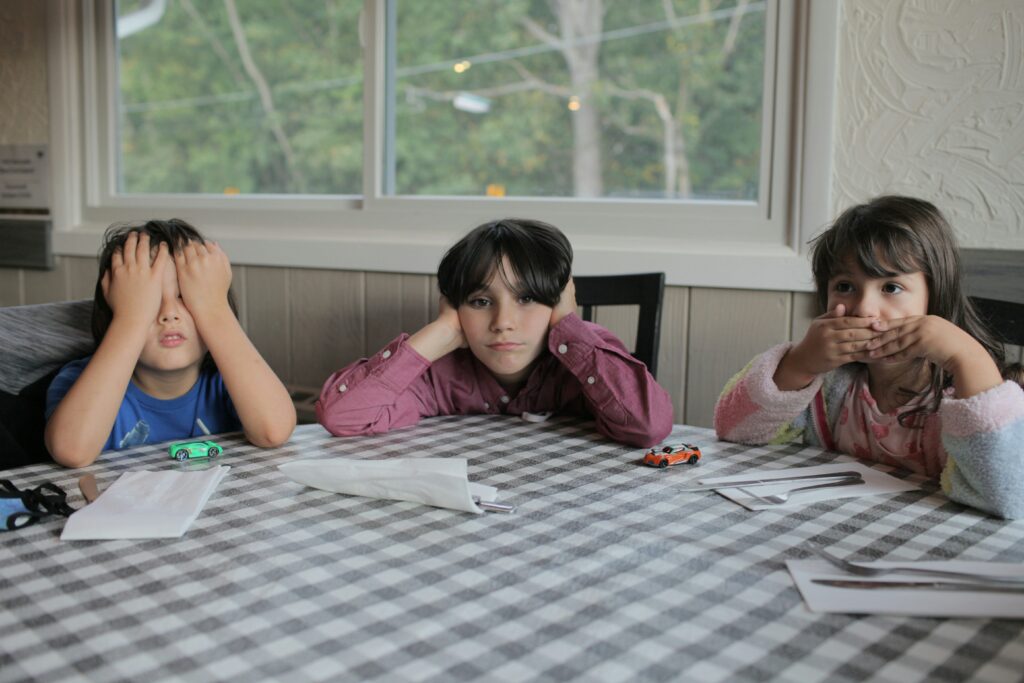

Therapy
Children who have experienced trauma often need external support to process their feelings and experiences. Seek practitioners who incorporate various healing modalities beyond talk therapy, such as Emotional Freedom Technique (EFT or tapping), EMDR, and body awareness therapies, to help your child process and heal more effectively.
If you have experienced trauma, here is a good article on beginning to heal your Inner Child.
The Imagine Project: Powerful Tools that Help Kids Rise Above Stress and Trauma, Build Their Resilience, and Bring Positive Change into Their Lives (Yampa Valley Publishing, 2017) will give you more ideas and tools to help a child who has been through trauma as well as information about the best outside help (doctors, therapists, and therapies) so you can get to bring your child back to emotional wellness and happiness!
